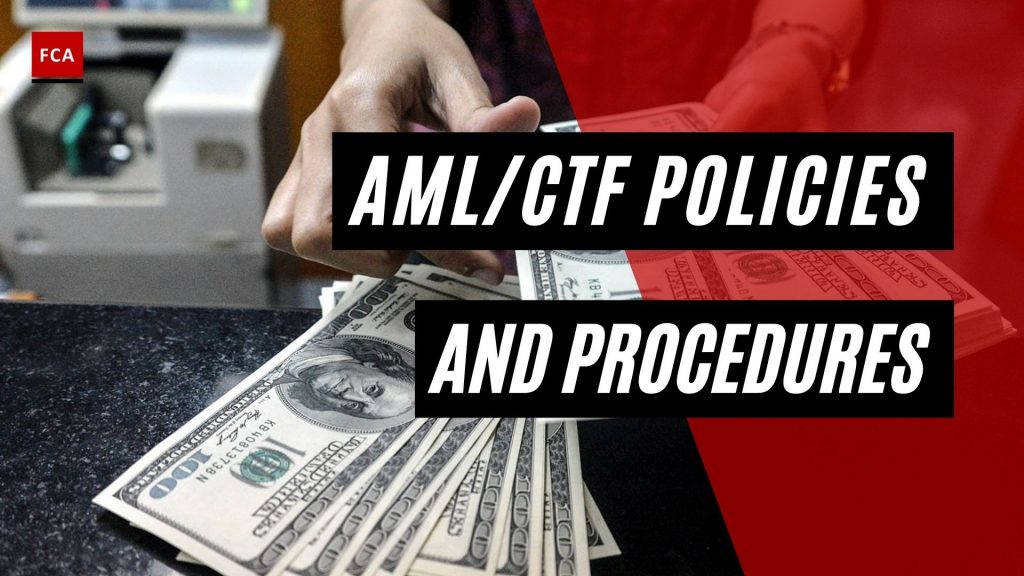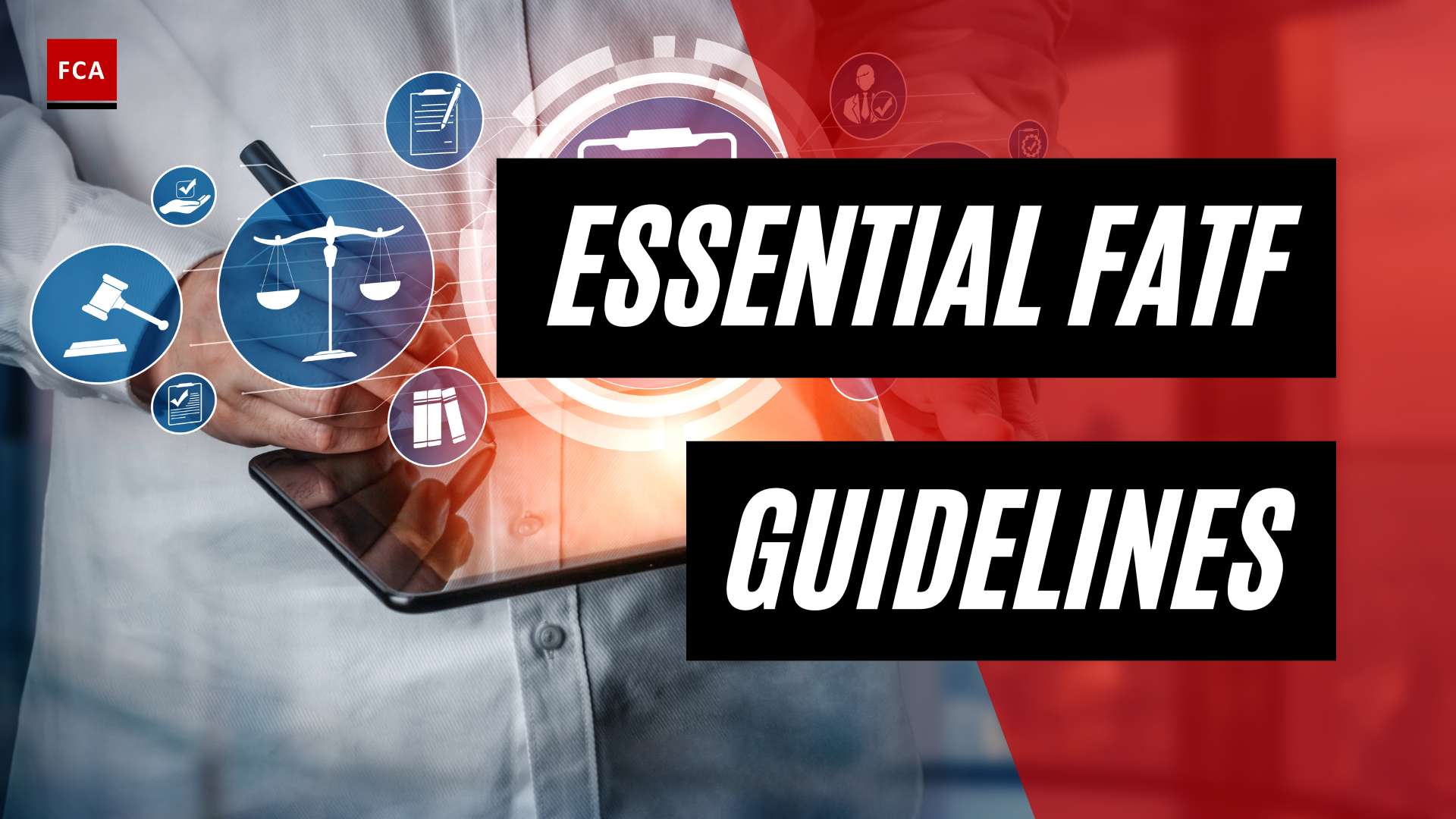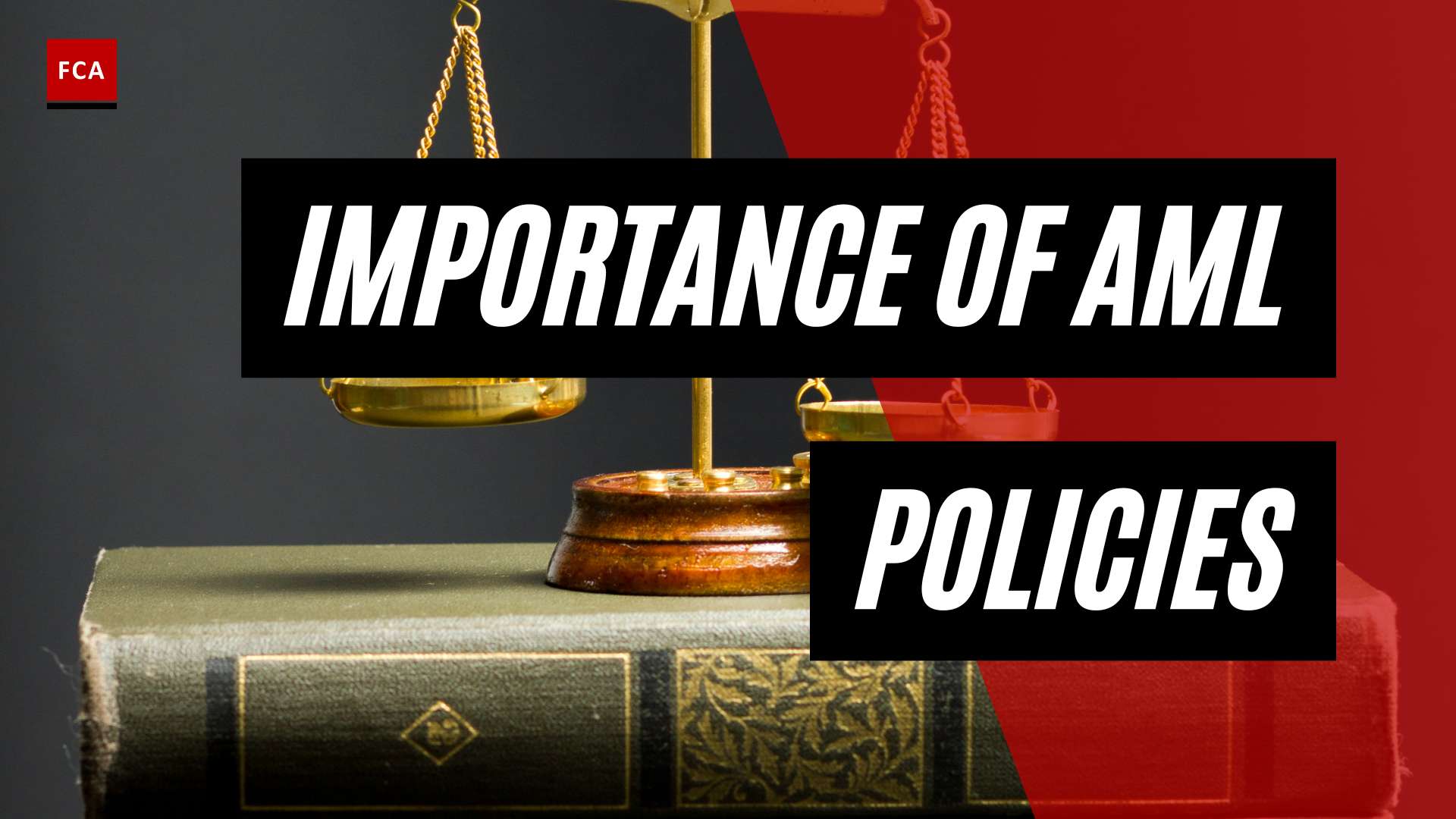The AML/CTF policies and procedures. Money laundering poses a constant threat to financial institutions. Indeed, the risk of falling into business with criminal elements, drug smugglers, corrupt government officials, and terrorist organizations is ever-present. In order to combat financial crime, AML and CTF regulations and laws have been formulated and implemented on multiple levels, from local to international levels.
The AML/CTF Policies And Procedures
In order to translate complex regulations and implement them in their day-to-day dealings, companies need to understand these intricate rules and build their AML Policy.

What Is An AML Policy?
An anti-money laundering policy refers to a series of measures used by financial institutions to stop “dirty” money, which is obtained through illicit activities, from being reintroduced into the mainstream financial system. The drafting and implementation of such a policy are mandatory for all financial institutions and are overseen by regulatory authorities.
Who Regulates AML Laws?
Most often, the AML policy drafted by a business is a mixture of the recommendations of the Financial Action Task Force (FATF) and regional/national AML laws. The geographical location of a business determines the regulatory authority that is directly responsible for monitoring transactions and dealings. For example, MAS in Singapore, SEC in the USA, and so forth.
How Can You Create An AML/CTF Policy?
The design and implementation of an effective AML/CTF policy follow eight steps, which we will discuss in the following.
Step 1: Define The Purpose Of The Policy
Firstly, a business must start off the policy drafting process by introducing three key statements:
- The definition of money laundering and terrorist financing
- Reasons why the policy is necessary
- Regular regulatory review requirements to stay within compliance demands
- These are the three foundational pillars on which a company builds its AML policy.
Step 2: Appoint An AML Officer
At this point, a business needs to hire a compliance officer. This is a post for a company member responsible for everything concerning the business’s AML program. State their name, qualifications, and responsibilities. They must be well versed with financial law, AML policies, AML technologies, and all other relevant information.
Step 3: Report Progress To The Financial Intelligence Unit (FIU)/Relevant Financial Authority
A company must describe its strategy and how it will be able to comply with financial intelligence units and law enforcement requests for information on criminal activity. A company must describe its actions and procedures that will be initiated upon such a demand from the authorities and how it shall document the situation.
Step 4: Follow Data Security Measures/Share With Authorities
All financial institutions must take an active part in the process of sharing the accumulated AML data with other financial entities to identify and prevent money laundering elsewhere. The policy must describe a completely secure and confidential process that will not allow for data leaks.
Step 5: Follow Thorough Screening Procedures
As you may be aware, “Know Your Customer” (KYC) processes play an integral role in maintaining AML compliance and preventing financial crime. But even before going into detail, implementing a thorough screening process for all potential clients before beginning any sort of business relationship or opening an account is a must. One should cross-check if a potential client is on any financial blacklist or sanction before continuing to conduct business. An example of this is the US Specially Designated Nationals List (SDN).
Step 6: Verify Your Client’s Identity
This is where the KYC process kicks in. Once the first level of screening is complete, verifying the identity of your client is the central part of AML compliance. Each company must specify a list of comprehensive, measurable, and reliable factors that will help accurately verify the identities of their clients when they open accounts or register with your service.
Step 7: Perform Customer Due Diligence (CDD)
This step is about the measures taken as a part of CDD for those identified as follows: beneficial owners, senior management, politically exposed persons (PEP), and so forth. A company should also specify the basis of its risk rating system: how it determines whether the case requires simplified due diligence, customer due diligence, or enhanced due diligence. Here, it would be necessary to add when a customer triggers adverse media or sanctions, list checks, or be subject to ongoing monitoring.
Step 8: Fill Out Suspicious Activity Reports
Lastly, a very important part of an AML policy is to promptly respond to the detection of suspicious activity and correctly form a compliant declaration – a Suspicious Activity Report (SAR). A company must specify the necessary information that needs to be mentioned in the report alongside the deadlines. As an example, BSA gives thirty days to file a report before issuing a fine.
Final Thoughts
The web of laws, regulations, and procedures aimed at uncovering attempts to disguise illicit funds as legitimate income is referred to as anti-money laundering (AML). Money laundering aims to conceal crimes ranging from minor tax evasion and drug trafficking to public corruption and the funding of terrorist organizations.
AML legislation was enacted in response to the expansion of the financial industry, the lifting of international capital controls, and the increasing ease with which complex chains of financial transactions could be conducted.









